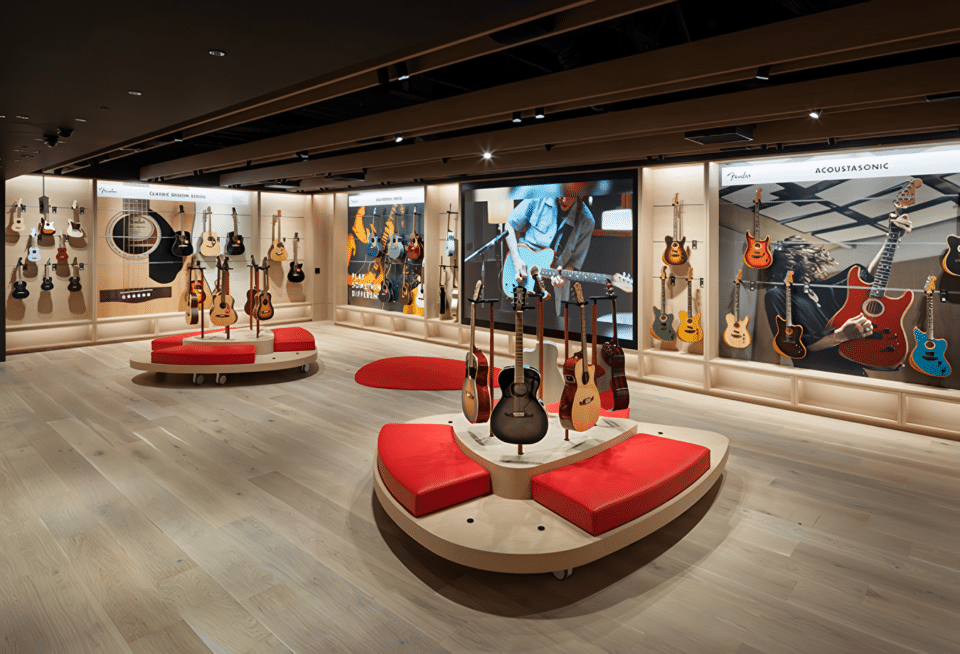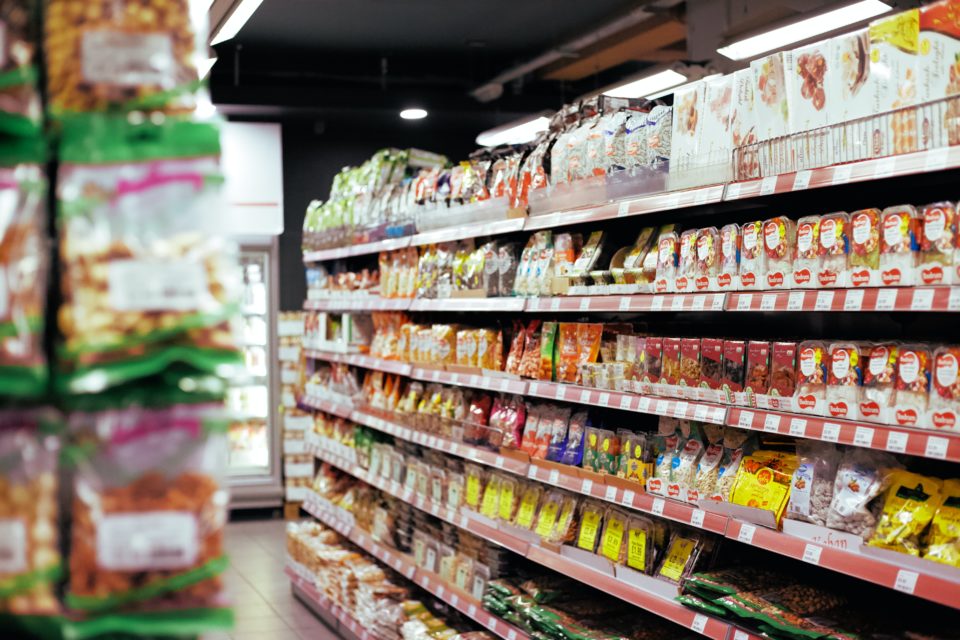Why food retail’s biggest trend sees it learning from itself
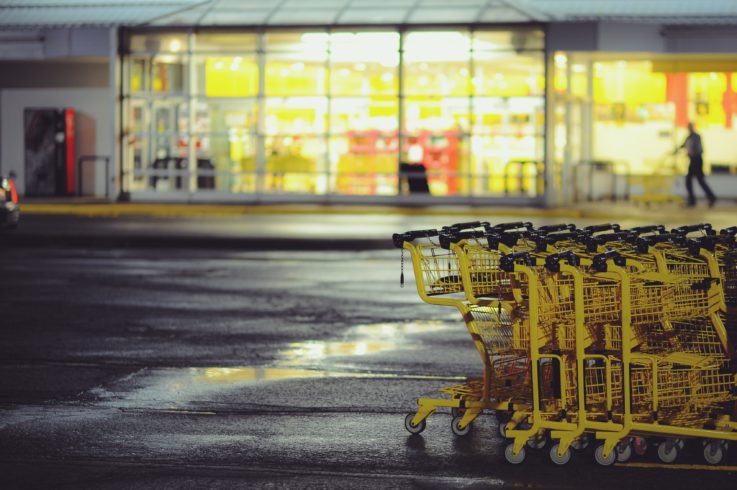
It’s a good time to be in the grocery business.
As other retailers were forced to close their doors, grocery was one of a few ‘pandemic-proof’ segments of the industry. We all have to eat after all.
Importantly, many of us had to eat at home. With restaurants, fast food chains and other eateries closed and many people working from home, eating every meal at home became the new norm. With that, grocery budgets expanded accordingly.
At the same time, customers were also turning to food as a coping method whether buying treats and alcohol or trying out new cuisine and recipes. Throw in a good dose of panic buying that saw many people stacking their cupboards high and grocery sales have never been higher.
Kantar reported that grocery sales in Britain went up 14.3% in the 12 weeks to 17 May – the fastest rate ever since comparable records began in 1994. It also reported an extra spend of £524 million by Brits in April on groceries.
Coronavirus has also been the catalyst for greater adoption of online grocery shopping. While ecommerce has steadily grown in almost every segment of retailer year-on-year, grocery has historically seen low numbers of online shoppers.
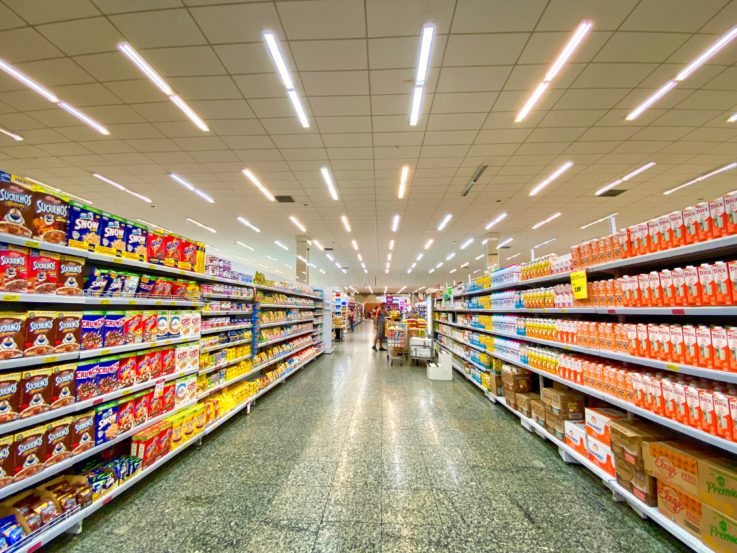
With shoppers either unable to go to stores due to lockdown and shielding restrictions, or unwilling to, many have turned to buying their food online.
Pre-Covid reportedly 7% of UK groceries were ordered online. It’s now 10.2%. We can also see this in results from supermarket chain Sainsbury’s. It took 15 years to build online sales to 7%, but saw this figure move to 15% in just six weeks.
There’s no reason to expect that these shoppers will all go back to buying in-store either. For many, the initial hurdles have been cleared. They’ve set up their account. They’ve connected their payment details. They may have paid for a delivery pass for a year. They’ve successfully placed orders and – crucially – been happy with them.
While external factors have made for a situation where seemingly grocery can’t lose, clearly things are never quite that simple. Grocery retailers have struggled with demand facing empty shelves, long waits for stock and oversubscription for delivery slots among other issues.
There are bigger issues at work too. What we eat is a very personal thing and customers never just want to ‘buy’ groceries. It’s not a wholly transactional thing. Shopping for food is tied up in a whole host of different influences from the sensory to the inspirational, alongside social and cultural factors.
As a result, the new trends that are emerging in food retail aren’t necessarily specifically pandemic-driven. The current situation has just amplified them.
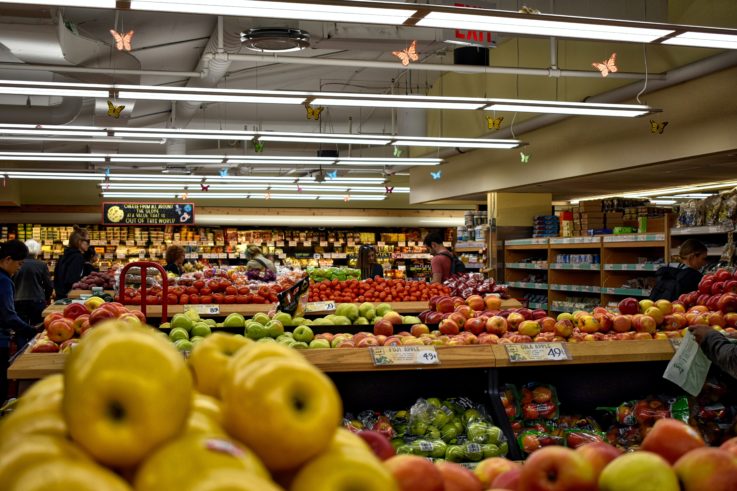
A new pattern in grocery retail
One of the biggest is a new pattern emerging that sees grocery retail learning from itself. Or rather, physical food spaces are learning from ecommerce, but ecommerce also is learning from physical stores.
The former certainly makes sense. Physical grocery retailers are quite rightly investing in technology to make shopping more convenient and stores that are more compatible with the increasingly digitally savvy customer.
This includes everything from Amazon’s Go technology which lets customers walk in the store, take what they want and be automatically charged as they leave to apps that let customers check themselves out. Sainsbury’s claims its smartshop app is now used in 37% of all transactions which suggests customers are becoming increasingly confident and comfortable using such tech.
Other investments are on the operational side such as robotic picking technology that can help supermarkets speed up, and increase, online order fulfilment. This is important as many grocery retailers are fulfilling online orders from their existing stores.
While this not only creates efficiencies in terms of supply chain, tech investments and staffing, but can also help to create a cohesive customer experience that enables customers to shop in-store, order online and collect in person or order online for delivery. The Freshippo model is a good example of what can be achieved with this approach.
New digital-first players to the grocery market are also setting the standards others now need to live up to. In the US, Amazon Prime was recently voted as the best online grocery delivery service – ahead of the traditional supermarkets.
In the UK, Amazon is now making its Fresh grocery delivery service free for certain Prime users on orders over £40. Not only does this encourage customers to spend more with Amazon Fresh, but also creates a new expectation around delivery that other grocery retailers will need to navigate.
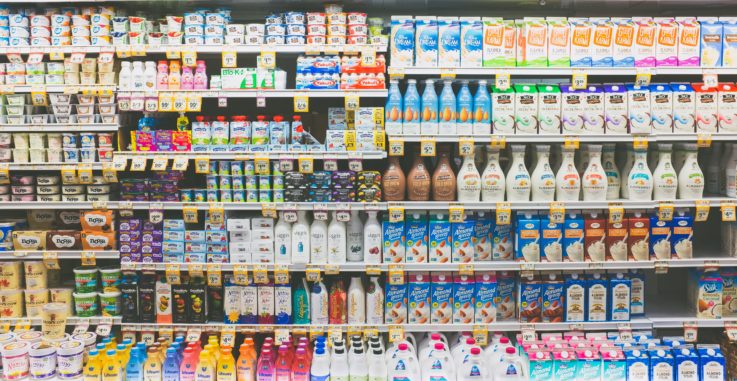
Equally though, ecommerce is looking to incorporate learnings from offline grocery stores.
McKinsey noted that ‘the ‘grocery rut’ has emerged as one of the biggest flaws in online grocery shopping as efficiency in reordering overtakes variety and inspiration. During lockdown lots of online shoppers were reportedly irritated by grocery retailers for making it easy to buy the same thing over and over but not to find new food and products to try.
One of the big challenges for online retail going forward is how to incorporate more discovery. Can a website recreate the idea of walking through the supermarket and seeing the special offers at the end of the aisle?
But what’s more can it recreate seeing something new on the shelves which may not be on offer? Many customers shop regularly at the same store which means they’re highly familiar with the layout and product assortment so something new in the mix is very obvious and visible when browsing.
There’s a huge amount of value wrapped up in cracking this issue. Whichever grocery retailer manages to get it right first will take a major step ahead of its competitors.
When it comes to online shopping there’s also the issue of being able to pick your own fresh food such as fruit, vegetables and meat. These sensory elements have been a key hurdle in the adoption of online grocery shopping. One can of baked beans is much the same as any other, but the perfect apple is a personal thing.
Grocery, perhaps more than most other retailer segments, requires a blended approach. There is no online versus offline; only online allied with offline. Customers are always going to want, and need, to buy food in different places or via different channels for different reasons.
Now is the time for food retailers to forge the operational models to make this possible.
Find out more
Book our deep dive grocery retail presentation and we’ll arm you with everything you need to adapt your online and offline offering to be ready for the future.


